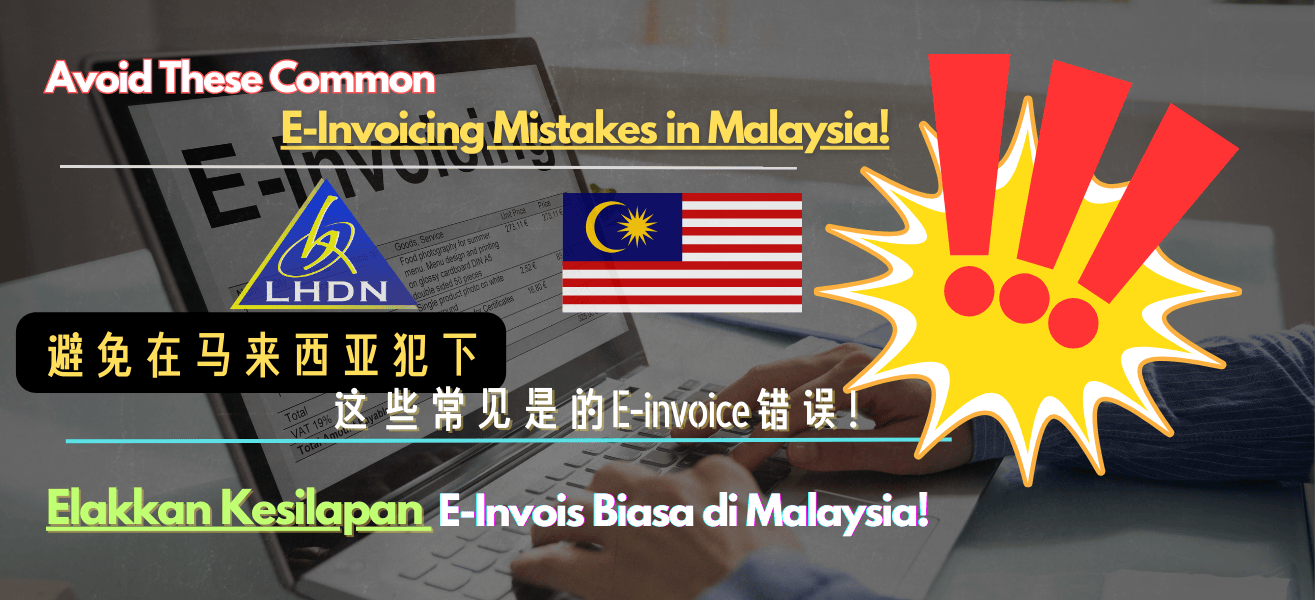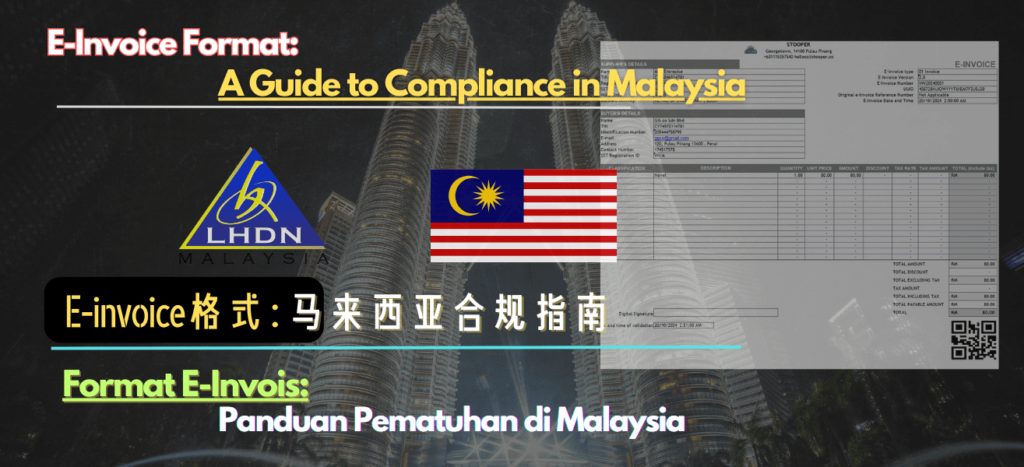E-invoicing is becoming a critical part of the business landscape in Malaysia, aligning with the country’s digital transformation goals. The Inland Revenue Board (IRB) has implemented specific requirements for businesses to comply with e-invoicing standards. Here’s a guide on what you need to care about when handling e-invoices in Malaysia.
1. Validate the Taxpayer Identification Number (TIN)

One of the most critical aspects of e-invoicing is ensuring that the Taxpayer Identification Number (TIN) is valid. A valid TIN ensures that the invoice is associated with the correct entity. Always cross-check the TIN with the IRB’s portal to avoid potential discrepancies or rejections.
2. Ensure the Barcode is Included

Every e-invoice must include a unique barcode as part of the standard format. This barcode allows the IRB to scan and verify the invoice details quickly. Failing to include a proper barcode might render the invoice invalid. Verify that the barcode is scannable and corresponds to the invoice information.
3. Amend Within the 72-Hour Submission Window

E-invoices must be amended and submitted to the IRB portal within 72 hours of issuance. Delays in amendments or submission could lead to penalties or invalidation. Establish a robust system to ensure amendments are made promptly and submitted within the stipulated timeframe.
4. Confirm Submission Success

After submitting the e-invoice, it is crucial to confirm that the submission has been successful. Check for acknowledgment or confirmation messages from the IRB portal. If there are any errors, address them immediately to avoid non-compliance issues.
5. Regularly Double-Check on the IRB Portal
To maintain compliance, businesses should routinely check the IRB portal for updates or issues related to submitted e-invoices. This habit ensures that any discrepancies or required corrections are identified and addressed promptly.
6. Validate the E-Invoice
Validation is a critical step in the e-invoice process. This includes ensuring that all the details, such as the company name, TIN, invoice number, date, and amount, are accurate. Use tools or software that integrate with the IRB system to automatically validate e-invoices before submission.
Final Thoughts
E-invoicing in Malaysia requires careful attention to detail to ensure compliance with IRB standards. By validating the TIN, including a proper barcode, adhering to submission timelines, and double-checking with the IRB portal, businesses can avoid common pitfalls and ensure smooth operations. Regular checks and validations will not only ensure compliance but also build trust with stakeholders.
Check here for more about E-Invoice Guide
Check here for more blog : Stooper’s business talk
 MYR 1 →
MYR 1 → USD: 0.2358
USD: 0.2358  SGD: 0.3036
SGD: 0.3036  EUR: 0.2083
EUR: 0.2083  THB: 7.6927
THB: 7.6927  KRW: 323.1171
KRW: 323.1171  CNY: 1.6972
CNY: 1.6972  JPY: 33.6755
JPY: 33.6755 


















